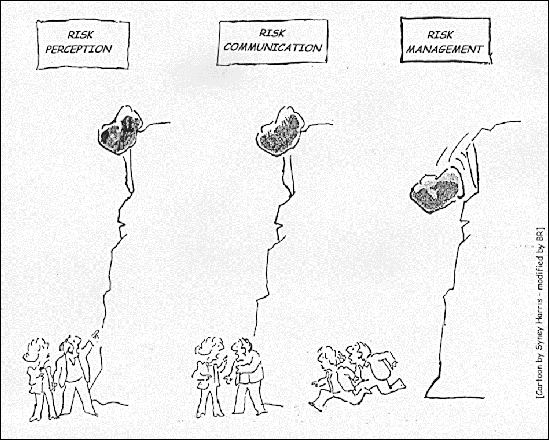When Messages are in Opposition, Risk Communication Difficult
By Samantha Malone, MPH, CPH – Communications Specialist, Center for Healthy Environments and Communities of the University of Pittsburgh Graduate School of Public Health (GSPH); Doctoral Student, GSPH
Two reports were issued yesterday by credible sources regarding the safety of natural gas drilling in shale formations. The one was issued by the Pennsylvania Department of Environmental Protection (PA DEP) on the air emissions from natural gas operations. The other by the House Energy Commerce Committee focused on the use of diesel fuel in hydraulic fracturing fluid. While these reports do not contradict one another, they certainly do not contribute to an overall consensus on the public safety of shale gas extraction.
Report 1 – PA Department of Environmental Protection
The PA DEP’s report was based on a four-week air quality study that they conducted in northeastern PA near Marcellus Shale natural gas operations. This report states that the emission levels they surveyed would not constitute a health concern for nearby residents, acknowledging that the study’s purpose was not to address the cumulative impacts that could result from long term exposure.
Report 2 – House Energy and Commerce Committee
The Energy and Commerce Committee within the House of Representatives sent a letter to the Environmental Protection Agency’s Administrator, Lisa Jackson, stating that between ’05 and ’09 oil and gas companies injected over 32 million gallons of diesel fuel or hydraulic fracturing fluids containing diesel fuel in wells in 19 states. This letter noted that at no point in time were these companies officially permitted to use diesel fuel in the hydraulic fracturing process – citing the behavior as a violation of the Safe Drinking Water Act.
The Message
The intention for this post is not to debate whether air contamination is worse than ground or water pollution, whether one report is right/wrong, or to discuss how difficult it is to accurately measure air emissions when companies know when and where you are testing. The true intention of writing this is to stress that the opposing reports only stand to ‘muddy the water’ on America’s viewpoint of the issue. Risk communication is hard enough to do properly without such inconsistency. The fact that these – and many other credible sources – cannot agree on whether natural gas drilling poses an environmental or public health threat further demonstrates that additional, unbiased research should be conducted.

>We at CHEC recognize the stress that these facilities cause some residents and feel that it is an important determinant of health status. My basic problem with this report is that the DEP makes sweeping statements about air quality being within health standards—this was a survey–a first blush assessment-not a risk assessment. If the DEP had left out their attempt to relate this to air quality health standards it would have been a better screening assessment. As a screening assessment –that is a project to find species of chemicals of concern in air–for further study, I have no problem with this work.
Second–as Joe Osborne of GASP pointed out the NO2 detection limit for this study was above the health standard–so levels of this gas could not have been reliably detected within the range where health effects might be seen. Compressor stations give off NO2. The DEP air group is doing good science–its too bad that political type statements are put into reports.
CD Volz DrPH, MPH
>BRAVO Sam,
Very important message; and it's not just the credible sources – underline "additional, unbiased research" which is essential in this age of perfidious multi-million dollar marketing and public relations campaigns designed to interfere with our perception of risk.
btw – perfect cartoon – I snatched it.
Thanks
>One problem that I have with the DEP report relates to potential health problems in the community that are caused by these appreciable, but not necessarily at the level that would cause inhalation toxicities. That is that the DEP sampled in areas where people complained about smell. They smelled levels that were not lung or CNS toxic, but the constant smell has to cause constant stress and altered quality of life.